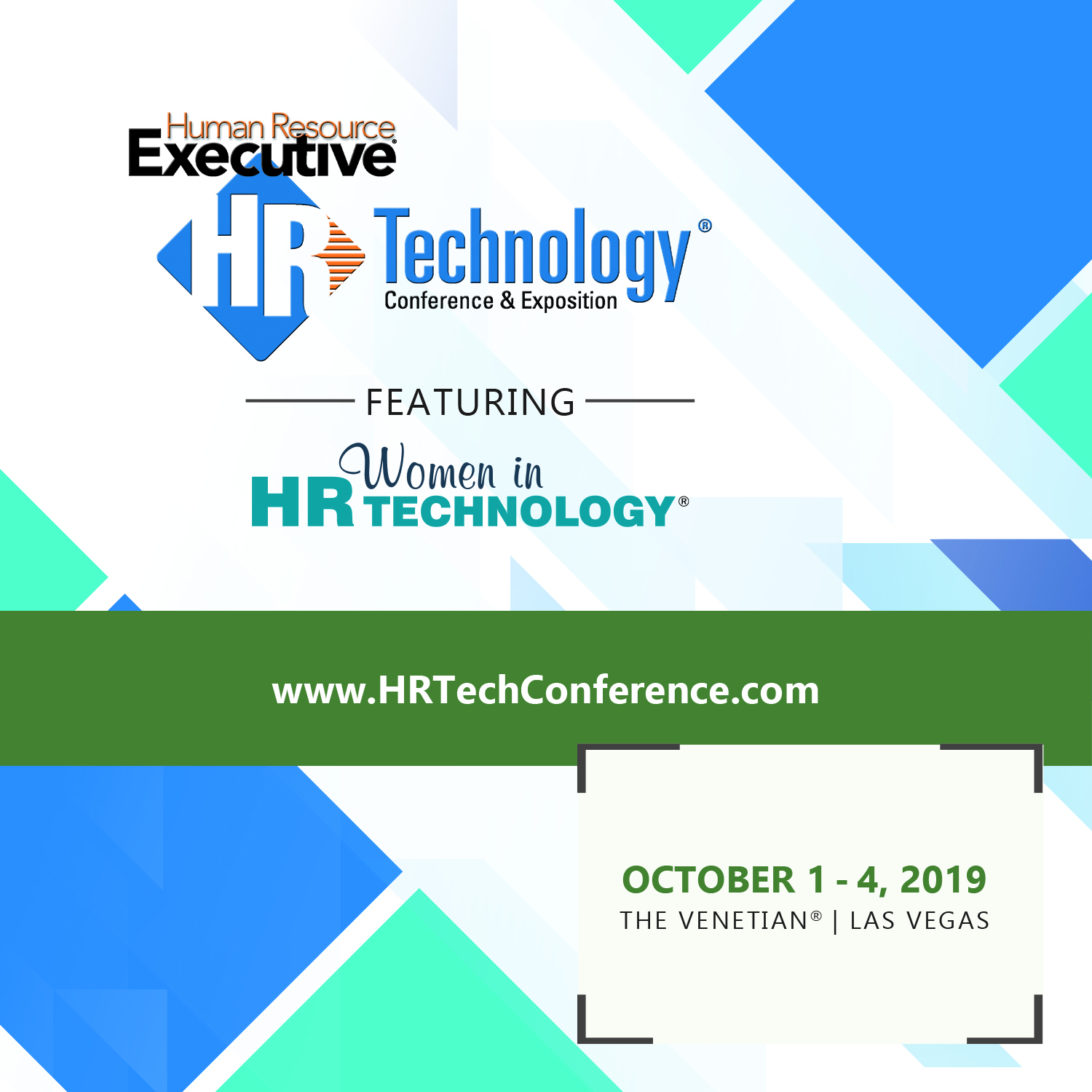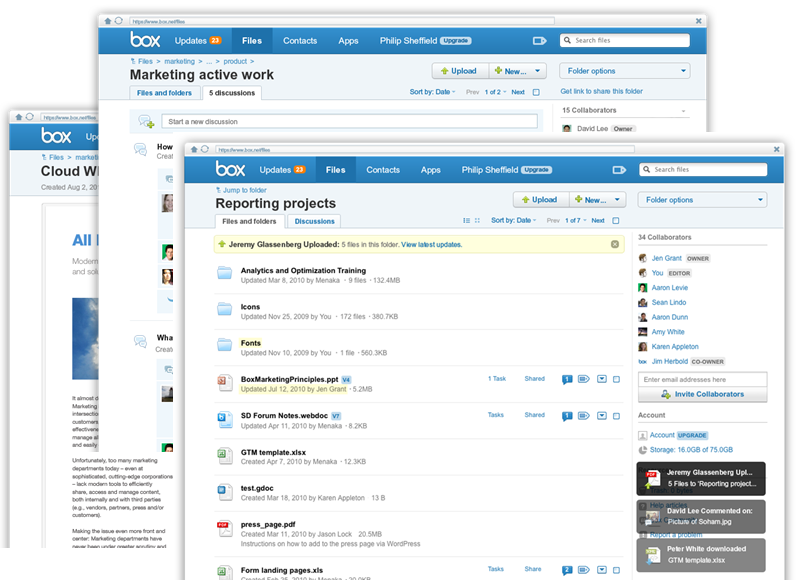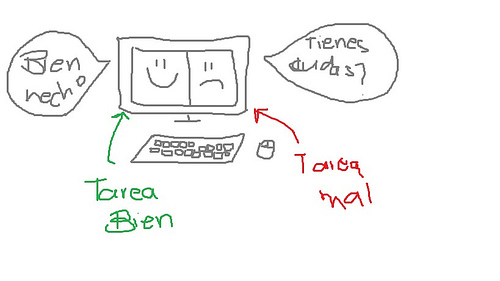Are you wearing a wire? Tracking Employee Interaction Digitally
These days it seems most organizational leaders have bought in at least conceptually to the idea that improvements in employee collaboration - discovery of ideas, sharing best practices across internal silos, unearthing insights from the far corners of the firm, and so on, is likely to increase in importance and urgency in the coming years, as almost all organizations try to do more work with less people. The Sociometric Badge - no you don't have to tape it on under your shirt
The Sociometric Badge - no you don't have to tape it on under your shirt
Sure, a raft of technologies have emerged in just the last few years to facilitate and support employee collaboration, (Yammer, Jive, Socialcast, etc.), and while these tools and others like them all have some excellent features and capabilities, they are limited in scope by their digital nature. We can use tools like these to develop, share, track, and interact, and we can measure and report metrics about those interactions, but as systems that rely (mainly), on computer-generated and supported inputs, (individual status updates, shares of a document, group edits of content, etc.), they still miss capturing a key aspect of employee collaboration, namely actual meetings and conversations between peers and in group settings.
A new approach towards better understanding these 'real-life' employee (and customer) interactions, created by a company called Sociometric Solutions a wearable device called the 'Sociometric Badge' attempts to bridge this gap between analog conversations and digital collaboration tools and data sets by recording and assessing the information captured in a proprietary framework for further analysis and action.
More information about the capability of the Sociometric Badge from the Sociometric Solutions website:
Using a variety of sensors, the Sociometric Badge is capable of, among other things, capturing face-to-face interactions, extracting social signals from speech and body movement, and measuring the proximity and relative location of users.
The process seems pretty straighforward. Turn up at the office in the morning, check your email and voicemail, then just before heading over to the office pantry for a cup of thin, industrial coffee, place the Sociometric Badge around your neck and the badge will begin recording how much you talk (versus how much you listen); it will gauge how much you sit versus how much you move around; and an infrared sensor will track how often you're facing other people also wearing the badges.
After a period of data collection, about a month or two, the folks at Sociometric Solutions will use their analytics platform that combines Sociometric Badges information, e-mail traffic analytics, and other proprietary data collection methods to provide individual and group visualization dashboards. The idea being that these dashboards will provide organizations a more complete view of collaborative behaviors and interactions, than simple monitoring and metrics of purely digital forms of communication like shared wikis, activity streams, or email alone.
Sociometric Solutions points to a case study from Bank of America where that found that call center workers who interacted more with their colleagues felt less stressed, handled calls more quickly, but had equivalent customer approval ratings to those who didn't interact as much. Addtionally, Bank of America scheduled employees' breaks so that they could interact and talk with one another more often throughout the day.
It is an interesting, if possibly instrusive approach, but one that makes perfect sense that people have been collaboratively solving problems, determining solutions, and generating innovative new breakthoughs for ages by simply talking to each other.
It could be the next great breakthrough in harnessing the collaborative power of the enterprise won't be limited to rolling out the next 'Internal Facebook' tool, it might be simply gaining a better understanding of the informal, verbal, and offline interactions happening all the time.
What do you think? Would you wear a workplace 'wire'?

 Steve
Steve




